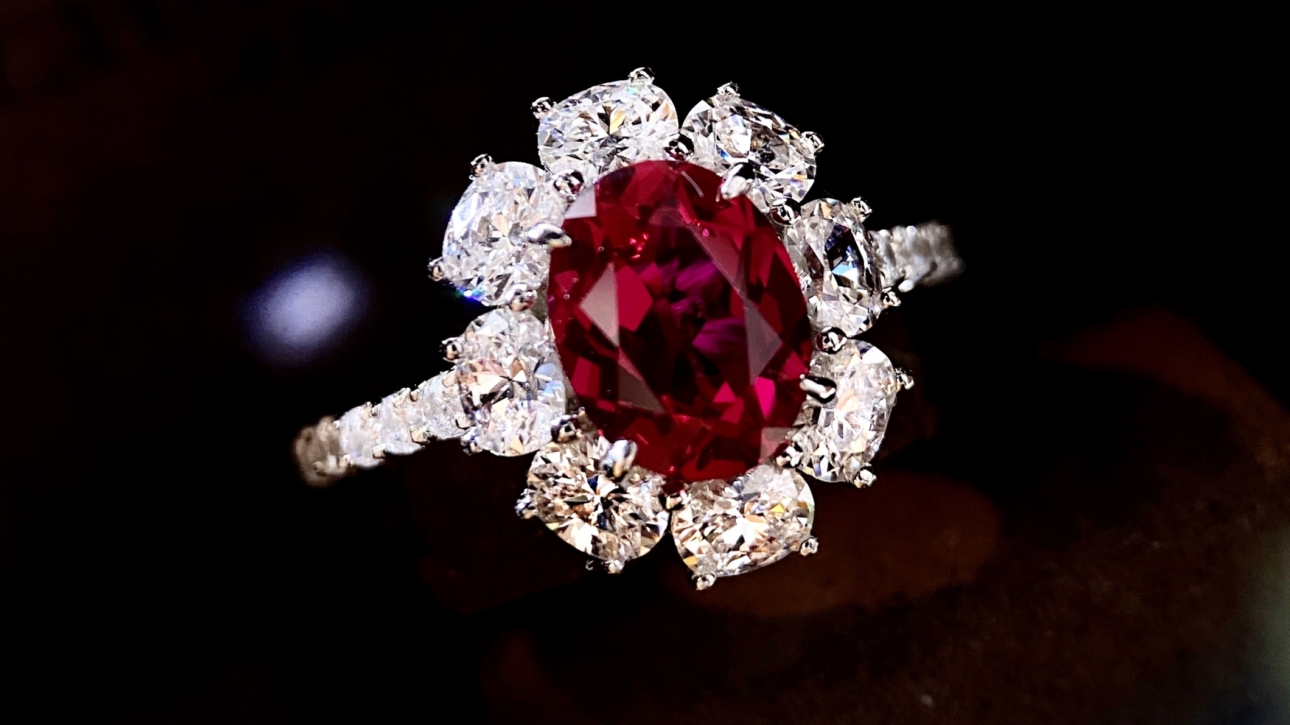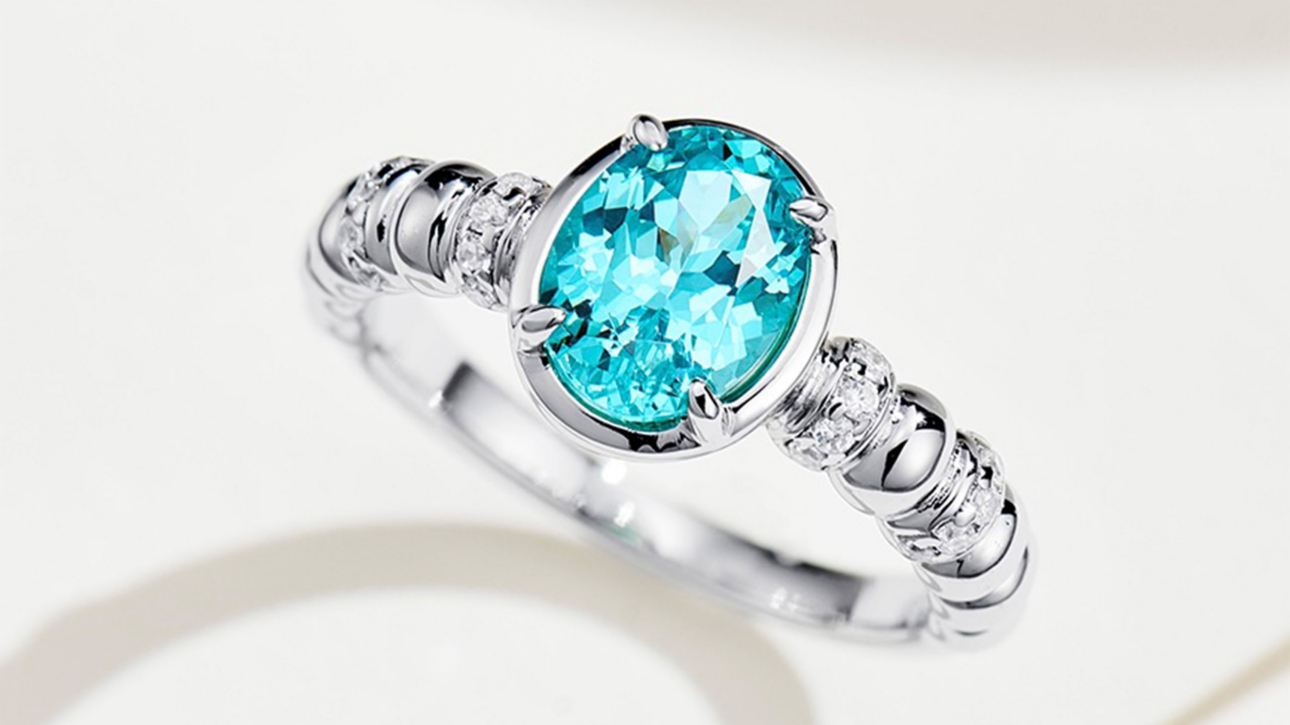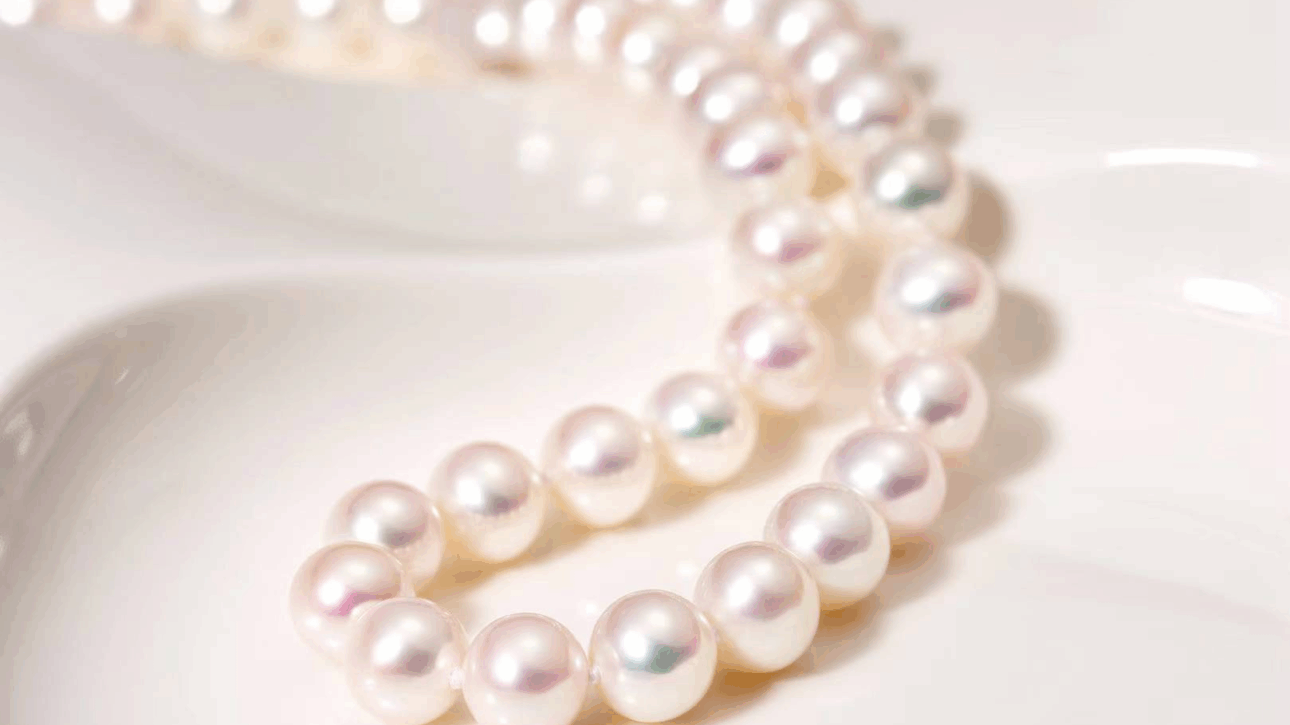High Cost Performance as a Diamond Alternative
Diamond-like Appearance: Zircon (particularly lab-created cubic zirconia) has a high refractive index (2.15-2.18, close to diamond’s 2.42) and strong dispersion (noticeable fire effect), making it visually similar to diamonds to the naked eye, but at a fraction of the price (typically tens to hundreds of yuan per carat).…




